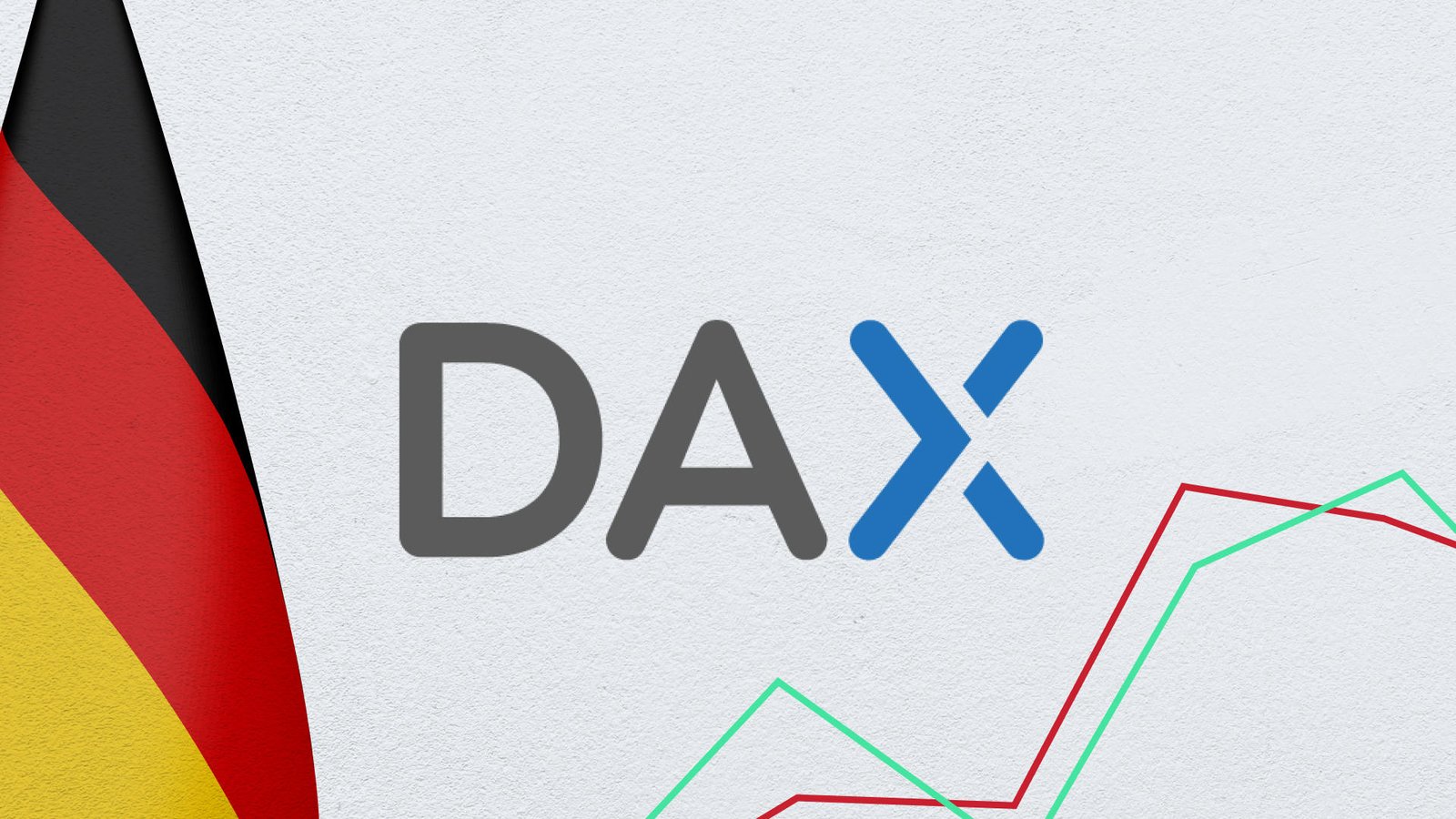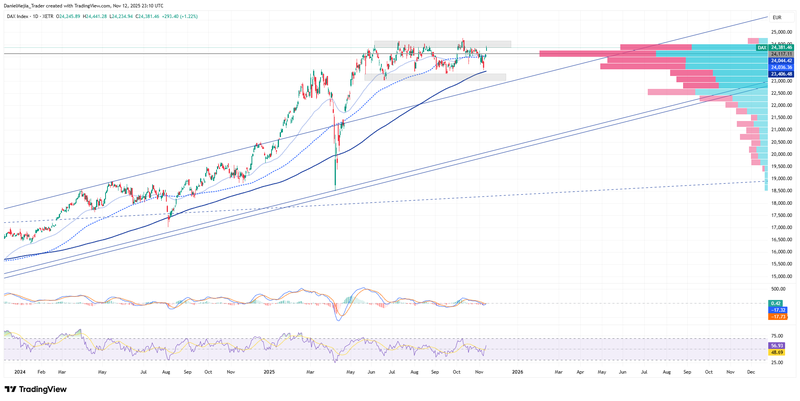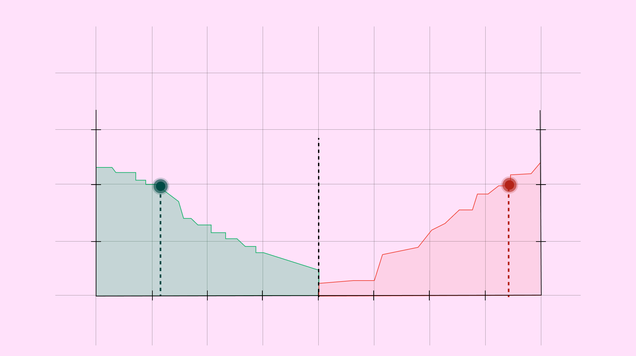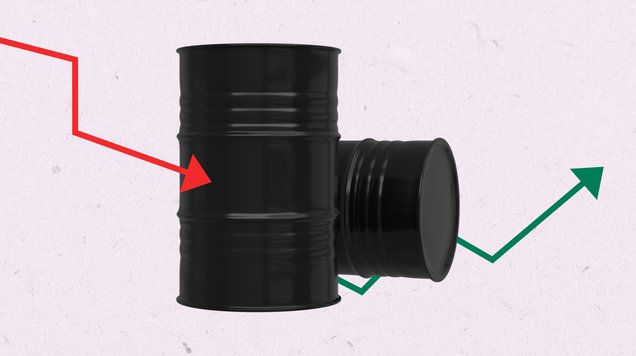DAX nears record highs despite weak German economy
The DAX has been one of the strongest global indices in 2025, rising roughly 23 per cent year-to-date even as Germany’s macroeconomic backdrop remains subdued. Q3 GDP was flat on the quarter and close to stagnation year-on-year, while headline inflation has moderated only marginally.

The DAX has gained about 23 per cent year-to-date, driven by sectoral strength, favourable valuation comparisons and a global appetite for risk assets.
Germany’s macro indicators remain weak: Q3 GDP was 0.0 per cent quarter-on-quarter and year-on-year growth has hovered around 0.3 per cent for three consecutive quarters.
Valuation metrics for the DAX are elevated but not extreme: average P/E ≈ 29, PEG ≈ 1.3 and EV/EBITDA ≈ 13x for the index constituents as at 12 November 2025.
DAX index: current context
The DAX’s performance in 2025 has been striking: a year-to-date rise of roughly 23 per cent places it among the best-performing major equity indices worldwide. This advance has occurred even as core domestic indicators point to a weak economy. Third-quarter GDP for Germany was reported as unchanged on the quarter (0.0 per cent), and year-on-year growth has lingered at c. 0.3 per cent for the past three quarters, consistent with a stagnating output profile.
Headline consumer-price inflation has edged down slightly to 2.3 per cent year-on-year, signalling only limited disinflation. The persistence of weak aggregate demand — reflected in the flat GDP profile and subdued price dynamics — would normally militate against strong equity returns. Nevertheless, several factors help reconcile the dissonance between macro weakness and equity strength:
- Relative valuation: while the DAX trades at elevated multiples by some measures, these valuations remain comparatively benign relative to stretched metrics observed in other markets;
- Global market correlations: synchronised risk appetite and equity inflows have lifted European indices alongside US and Asian markets.
An indicative snapshot of valuation as at 12 November 2025 shows an average price-to-earnings (P/E) ratio of about 29 for the DAX-40 constituents, a PEG ratio near 1.3 and an enterprise-value-to-EBITDA multiple of about 13x. These levels imply that although the index is approaching record territory, market valuations are not universally extreme and are supported by earnings expectations and cross-market flows.
Technical analysis on DAX index
From a technical standpoint, the DAX retains a constructive medium-term profile but has spent recent months in a consolidation band:
Trend context. The index trades above its 50-, 100- and 200-day moving averages, indicating that the medium- to long-term trend is intact. Since May 2025 a horizontal consolidation range between about 23,000 and 24,600 has been evident; the volume profile suggests a degree of distribution near the upper bound of that range, reinforcing the 24,600 level as a significant resistance.
Resistance levels. Key upside barriers to monitor are 24,600 (the consolidation high and recent record area) and the psychological 25,000 mark. A decisive, high-volume break above 24,600 would increase the likelihood of extension toward 25,000 and beyond.
Support levels. On the downside, notable supports include 23,500 (proximate to the 200-day moving average) and 23,000 (the lower edge of the current consolidation). A sustained loss of the 23,000 area would raise the probability of a deeper correction.
Momentum indicators. Short-term oscillators (MACD and RSI) are close to neutral, which aligns with the observed range-bound behaviour since May. At present these indicators do not signal a strong directional bias, implying that price action is likely to be governed by breakouts until a clear macro or earnings catalyst emerges.

Figure 1. DAX index (2024–2025). Source: data from the Xetra Stock Exchange. Own analysis conducted via TradingView.









